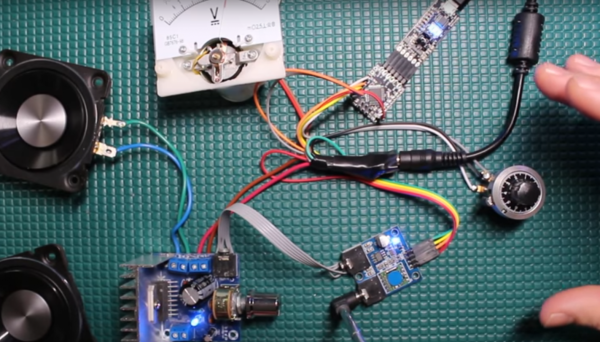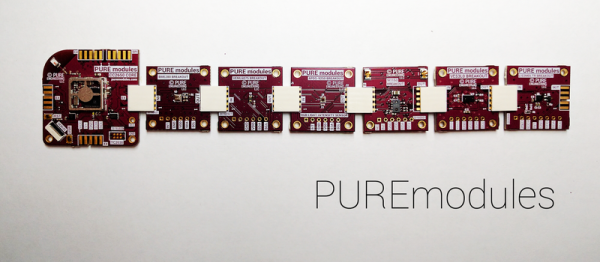For anyone living in cooler climates, the annual onslaught of snow means many hours shoveling driveways and sidewalks. After a light snow, shoveling might seem a waste of time, while a snow blower would be overkill. If only there were a happy middle ground that required minimal effort; perhaps an RC snow groomer with a 3D printed snow blower would work.
We featured an earlier version of this project last year. This year’s model features a slipper clutch — combined with a differential from a heavy RC truck — to forestall damage to the attachment if you happen to hit any rocks or ice chunks. The blades are also thicker and lack teeth in this iteration, as they would catch on anything hard and shatter the blade more often than not. Designed by [Spyker Workshop] (aka [The_Great_Moo]) the snow blower attaches to the front of RC snow groomer — which is originally meant to act like a plow. Seeing the snow blower attachment in action, we’re inclined to believe that he may be onto something.

















